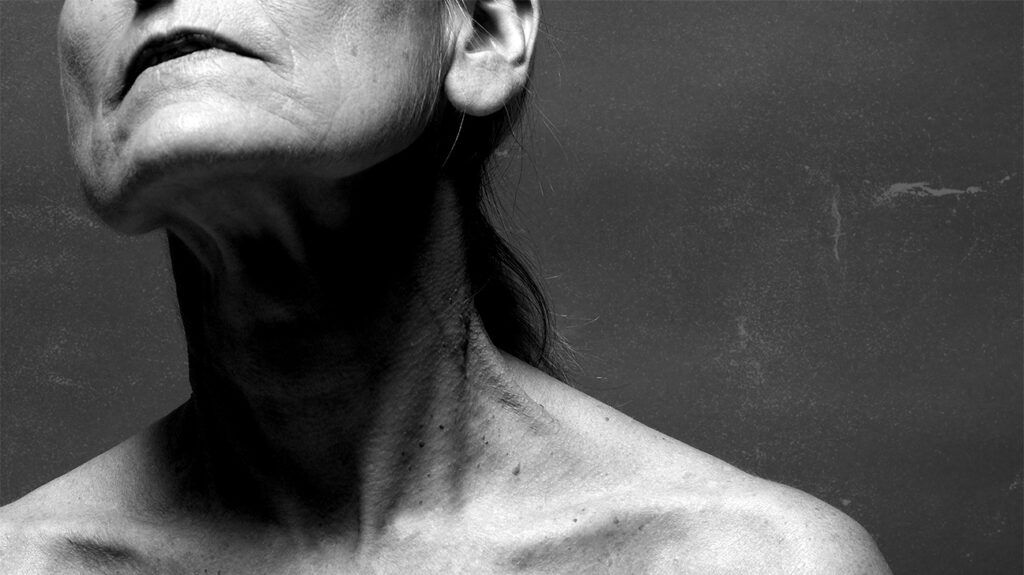Advancements in Ventilation Modes May Enhance Outcomes for Critically Ill ICU Patients

Recent research suggests that the personalized ventilation mode PAV+ can improve patient experience and safety during mechanical ventilation in the ICU, reducing sedation time and delirium incidence.
A comprehensive seven-year international, multi-center clinical trial has revealed promising benefits of a novel ventilation technique called proportional assist ventilation (PAV+). Led by researchers from the London Health Sciences Centre Research Institute (LHSCRI) and St. Michael's Hospital in Toronto, the study evaluated whether PAV+ could improve recovery parameters for patients in intensive care units (ICUs) requiring mechanical breathing support. The findings, published in the New England Journal of Medicine, suggest that although the duration of ventilation was similar between PAV+ and traditional pressure support ventilation (PSV), PAV+ demonstrated significant advantages in patient experience and safety.
During mechanical ventilation, clinicians have multiple options to support patients' breathing, with PSV being the most common. PSV delivers consistent assistance regardless of the patient’s needs. In contrast, PAV+ adapts dynamically, customizing support levels in response to each patient's efforts. Dr. Karen Bosma from LHSCRI explained that PAV+ personalizes ventilation, potentially reducing some of the risks associated with prolonged mechanical support.
The trial included 722 patients, with 573 assigned to either PAV+ or PSV. The median duration on ventilation was 7.3 days for the PAV+ group and 6.8 days for the PSV group, showing no significant difference in overall ventilation time. However, the study highlighted other important benefits: patients on PAV+ were able to emerge from sedation more quickly, and experienced fewer days with delirium—a condition linked to long-term cognitive and psychological issues. Specifically, delirium was observed on about 23% of assessment days for PAV+ patients compared to 26% in the PSV group.
Furthermore, the use of sedatives was reduced more rapidly in the PAV+ group, indicating increased comfort and potentially safer recovery trajectories. These improvements are crucial, as minimizing sedation and delirium can reduce the risk of long-term neuropsychological consequences post-ICU.
Looking ahead, the research team plans to analyze their extensive data set using artificial intelligence techniques to better understand how PAV+ influences critical health outcomes. Dr. Bosma emphasized that this large-scale study is a significant step toward optimizing mechanical ventilation strategies and enhancing patient recovery in intensive care settings.
Stay Updated with Mia's Feed
Get the latest health & wellness insights delivered straight to your inbox.
Related Articles
Understanding Autism and Aging: Insights from New Research
New research highlights the health challenges faced by autistic adults as they age and emphasizes the importance of social support and improved healthcare access to enhance their quality of life.
AI Technology Aims to Detect Early Voice Box Cancer Through Voice Analysis
Emerging AI research demonstrates the potential to detect early voice box cancer through voice recordings, offering a non-invasive screening method that could revolutionize early diagnosis and improve survival rates.
Promising New Drug Alternatives for Less Toxic Tuberculosis Treatment Unveiled in Clinical Trials
New clinical trials reveal that sutezolid and delpazolid offer effective and safer alternatives to high-toxicity tuberculosis medications, paving the way for improved treatment options.
New Research Reveals How Alzheimer's Disease Affects Multiple Body Systems
New research uncovers how Alzheimer's disease proteins impact aging, metabolism, and gut health, revealing systemic effects beyond the brain.



